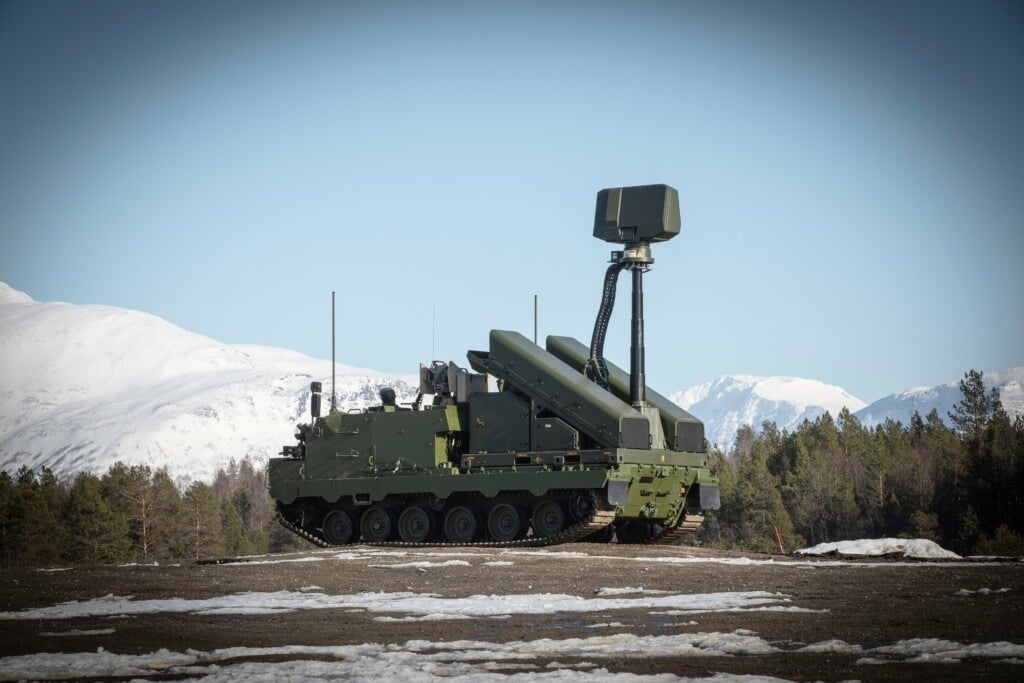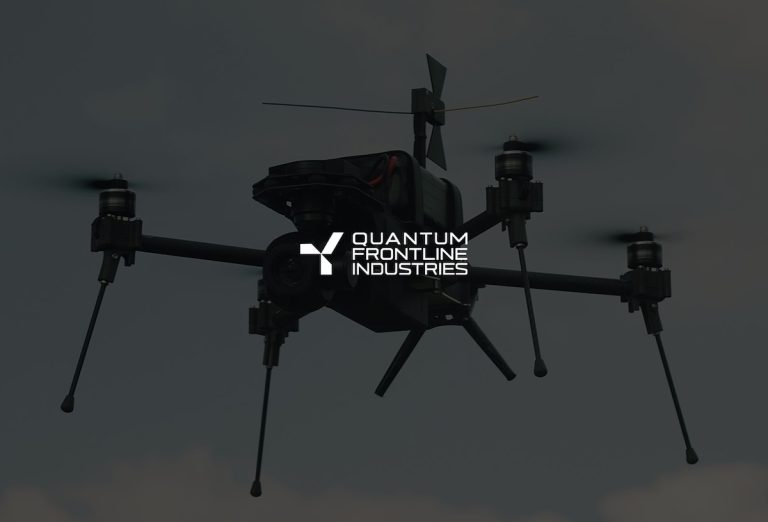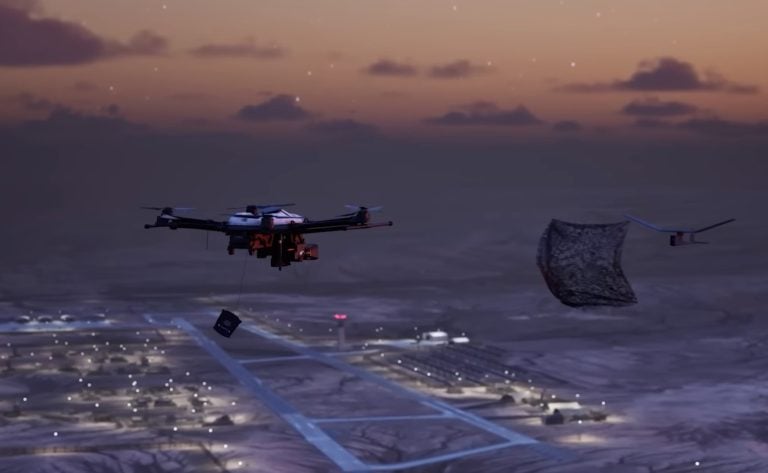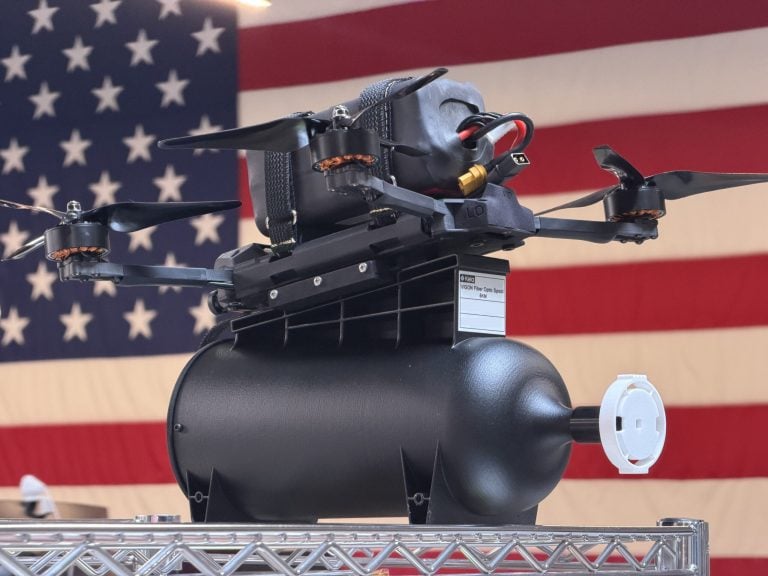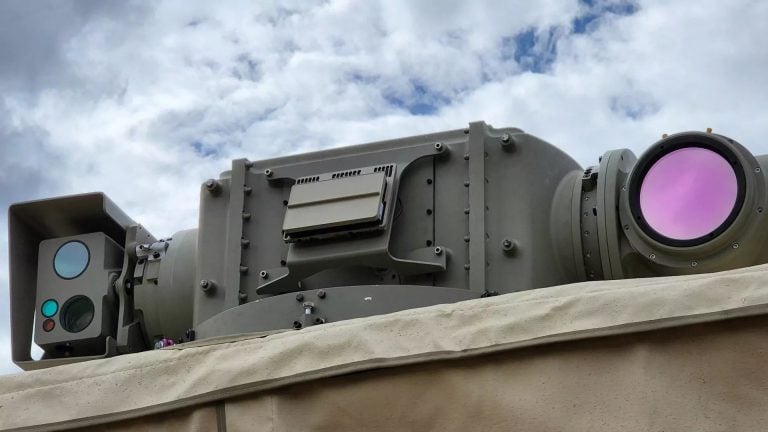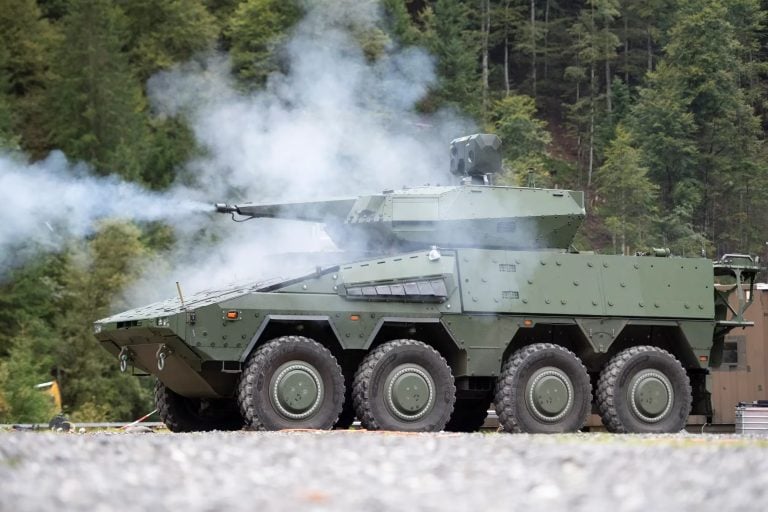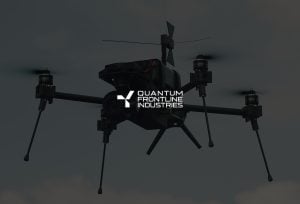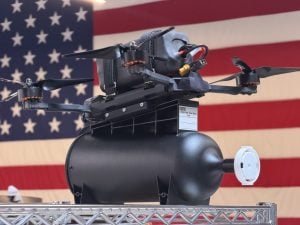Kongsberg Defence & Aerospace has taken a significant step in enhancing Norway’s air defense capabilities by contracting Danish firm Weibel Scientific for the supply of XENTA surveillance radars specifically designed for short-range air defense. Valued at over 500 million Danish kroner (approximately $75.5 million), this substantial contract is set for delivery between 2026 and 2027.
The XENTA radars will play a crucial role in the integration into the Norwegian Army’s mobile National Maneuver Air Defence System, which was introduced in 2024. This contract marks the largest order in the history of Weibel Scientific, a company that has aspired since 2019 to create “the world’s best surveillance radar for detection and classification.”
This collaboration is a landmark achievement for Weibel Scientific, moving them closer to their ambitious goal of generating 2.5 billion Danish kroner ($376 million) in revenue by 2030. “This historic order is not only the largest in the history of our company, but also proof that we are well on our way to achieving our goal of becoming the global leader in radar systems for short-range air defense and protection against hostile drones,” remarked Weibel Scientific CEO Peter Røpke.
The XENTA radar system is designed for sophisticated detection and classification, capable of automatically distinguishing between various aerial threats, including drones, birds, and even wind turbines. Several units have already been delivered and installed in Norway, enhancing the country’s air surveillance capabilities significantly.
Moreover, XENTA radars are strategically positioned not just in Norway but also at important locations such as the Danish drone center at Hans Christian Andersen Airport in Odense, as well as at Charles de Gaulle and Le Bourget international airports in Paris. These radars will also provide security for the upcoming Paris Olympics in 2024.
In light of increasing concerns regarding global security, Røpke emphasized the rising demand for their product solutions. He noted the pressing need for protection of both civilian infrastructure and military personnel in combat scenarios, underscoring the evolving landscape of security measures worldwide.
